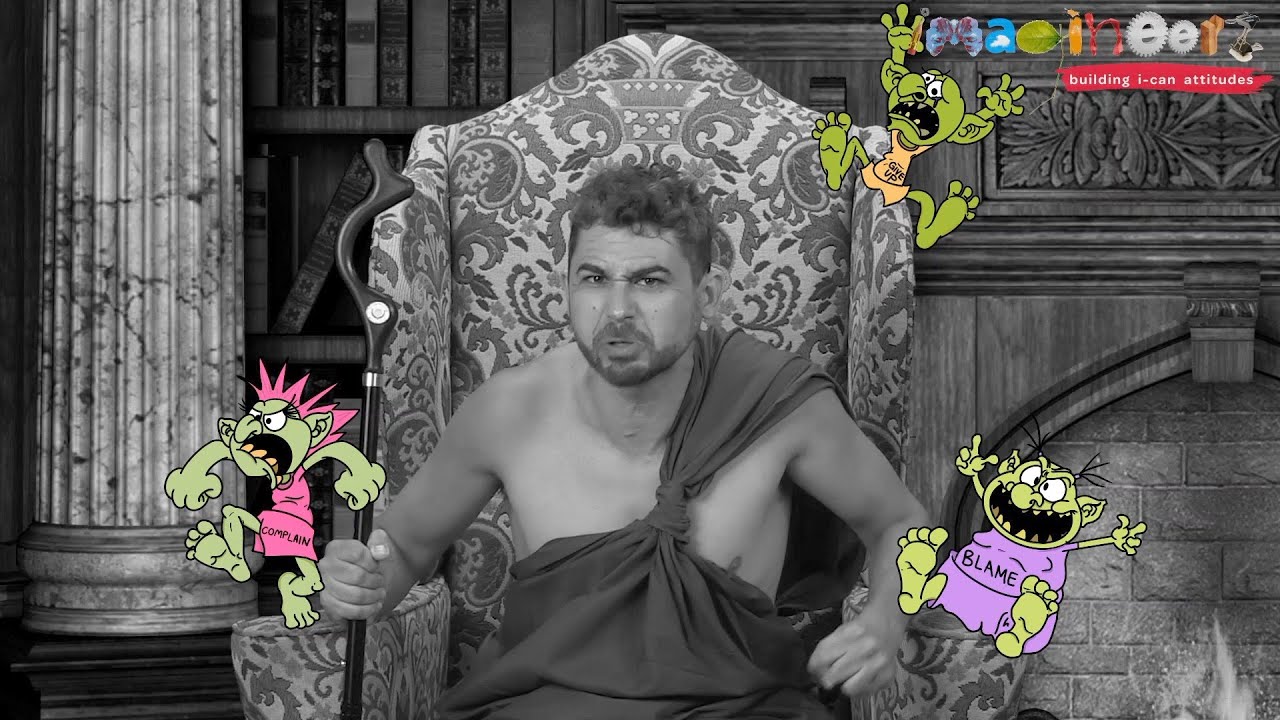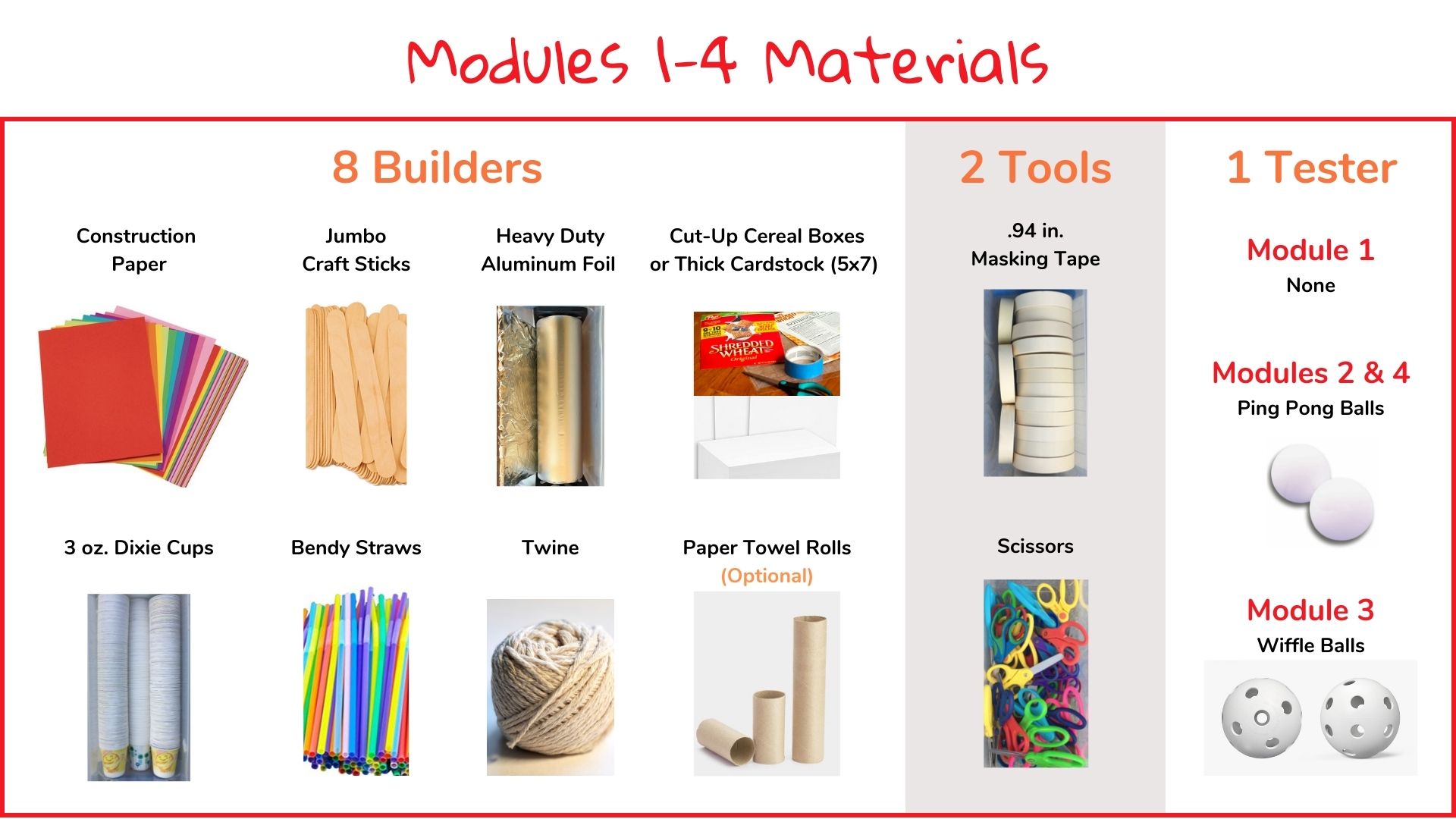STEM Challenge: Mission: Stay or Lever

Context for Challenge
Students embark on a mission to design rides for Bill Marriott’s amusement park by learning from historical inventors. They travel to 405 B.C.E. to meet Dionysius the Elder, a Greek tyrant who innovated warfare with a lever-based boulder launcher. Dionysius shares his invention’s mechanism, highlighting the lever’s parts: beam, fulcrum, and load. He explains how adjusting the beam length affects the force needed and the distance the load travels. Students must build levers to launch balls at targets, inspired by Dionysius’s boulder launcher.
Constraints and Success Criteria
The device must accurately launch balls into a series of targets. It cannot cross the starting line during the test.
Success is measured by the ability to hit targets at varying distances, demonstrating understanding of the lever’s mechanics and strategic placement of the fulcrum for optimal force application and distance.
Materials

You need ping pong balls as testers for this challenge.
Set Up
- Prepare Materials: Ensure you have all the necessary materials ready beforehand and organize them so that they are easily accessible to students. Students should use no more than five of any one material per creation! For example, a student can use five straws and five pieces of paper, but not ten straws. If you provide aluminum foil, no more than one arm’s length piece for each student!
- Provide Guidelines and Constraints: Reiterate the challenge to students, as needed. Building time is 45 minutes!
- Model the Design Process: Before students begin, demonstrate the design process by going through the steps yourself. Discuss how to brainstorm ideas, create prototypes, test them, and make iterations based on the results, as needed.
- Encourage Collaboration: Foster a collaborative environment where students can work together in pairs. Encourage them to share ideas, help each other troubleshoot challenges, and provide constructive feedback throughout the process. But no groups of three!
- Support Adaptation: Encourage students to embrace the mindset of adaptation and problem-solving. Help them see that setbacks and failures are opportunities to learn and make improvements. Guide them in identifying areas for adaptation and brainstorming alternative solutions.
- Facilitate Reflection: Set aside time for students to reflect on their design process and decision-making. Ask questions that prompt them to think critically about their choices, challenges they faced, and what they learned from the experience. This reflection can be done individually, in pairs, or as a whole-class discussion.
- Celebrate and Showcase: Celebrate students’ efforts and showcase their work.
CASEL Discussion Questions
Five questions aligned to Social Awareness and Relationship Skills — our focus CASEL competency for Module 4 and Module 5 — for teachers to foster an engaging discussion and social-emotional learning
- How might Dionysius the Elder’s invention, the lever, have required collaboration and positive relationships to refine and implement effectively?
- Considering the lever’s components (beam, fulcrum, and load), how can effective teamwork enhance the design and construction of a lever for launching a ball?
- How might collective problem-solving foster a sense of unity and collaboration among team members?
- In what ways can open communication and mutual support contribute to overcoming obstacles in the team challenge?
- As teams successfully launch balls using their levers, how can celebrating each other’s achievements contribute to a positive and supportive learning environment?



